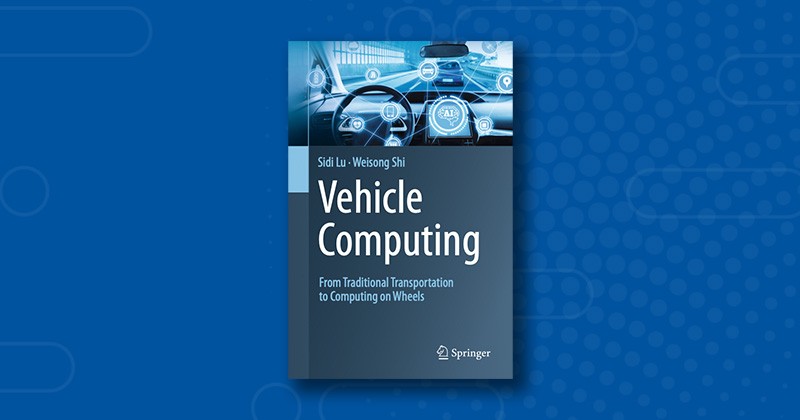The Computing Community Consortium (CCC) is proud to announce the publishing of Weisong Shi’s book on Vehicle Computing. We spoke with him to discuss the process and key takeaways for researchers and practitioners.
What was the process of writing this book?
This book originated from a vision paper we published at IEEE ICDCS 2018. In that paper, we envisioned future connected and autonomous vehicles (CAVs) as advanced computers on wheels, equipped with extensive onboard sensors serving as data sources and a range of services supporting autonomous driving and other functions. We proposed the development of an Open Vehicular Data Analytics Platform (OpenVDAP) for CAVs. Seven years later, the students in the CAR Lab have made substantial progress through our research efforts and collaborations with industry partners. Additionally, we have observed a growing number of researchers focusing on Vehicle Computing in recent years. This has made me realize the importance of having a textbook tailored for graduate students and professionals in this field.
Writing this book was a highly iterative process that blended our research expertise in edge computing with real-world applications in connected and autonomous vehicles. The book includes the representative work of the CAR Lab over the past seven years and presents our vision for the future of this research field. The process also involved an extensive literature review, case studies from the automotive industry, and collaborative input from industry practitioners. We drew from practical experience, integrating insights from implementing and testing vehicle computing to bridge the gap between theoretical concepts and their practical deployment in the rapidly evolving automotive sector.

